A Bulb-tastic Wonderland
Geophytes are an important part of the steppe climate. Some of the most recognizable geophytes are bulbs. Bulbs offer not only spring beauty but interest throughout the season. Bulbs can also be an important source of food. #steppesuns
This first spring in the Denver Botanic Gardens' Steppe Garden is an exciting time. Right now the part of the garden dedicated to Central Asia is bursting to life with hundreds of spring bulbs. Bulbs are a crucial part of the grassland biome we call steppe. Many of these bulbs arise very early in the season to capitalize on the slightly warming soils and the lack of competition from taller grasses that will block out light and gobble up all the water. These bulbs use their specialty water and carbohydrate storage system to give them the resources needed to put on their spring spectacle.
Once the blooms have ended, they capture as much light as they can before the competition wakes up and bullies them out of the scarce resources. Many of my favorite plants are bulbs and now is the time I get to revel in their glory and crawl along the ground to get up close and smell their sweet fragrance and peer inside their oft pendulous faces.
Bulbs are also a critical source of food for early pollinators, being some of the first plants to bloom. Hungry bees that are just waking up from a winter respite have these brightly colored and sweet-scented flowers to welcome them to a new year. I imagine that spring bulbs are to bees as coffee is to me; that one joy in the morning that gets you motivated and gives you the wherewithal to conquer all that comes your way. Many bulbs have poisonous parts making them unpalatable to pesky herbivores and giving us and the pollinators a source of beauty and inspiration, especially after a long drab winter.
Many of the Gardens' staff are passionate about bulbs. Sonya Anderson has worked hard scouring the globe to find the bulbs to bring us this intricate display that starts in February and will, in one form or another, carry us through until November. The pinnacle is still, however, spring with Tulipa, Fritillaria, Crocus, and Corydalis. This year is just the beginning. As many of these bulbs naturalize and fill in, the displays will only get better and more beautiful as we welcome in spring, sunshine, and the promise of better weather and the chance to get our hands dirty again with the task of gardening.
Gallery
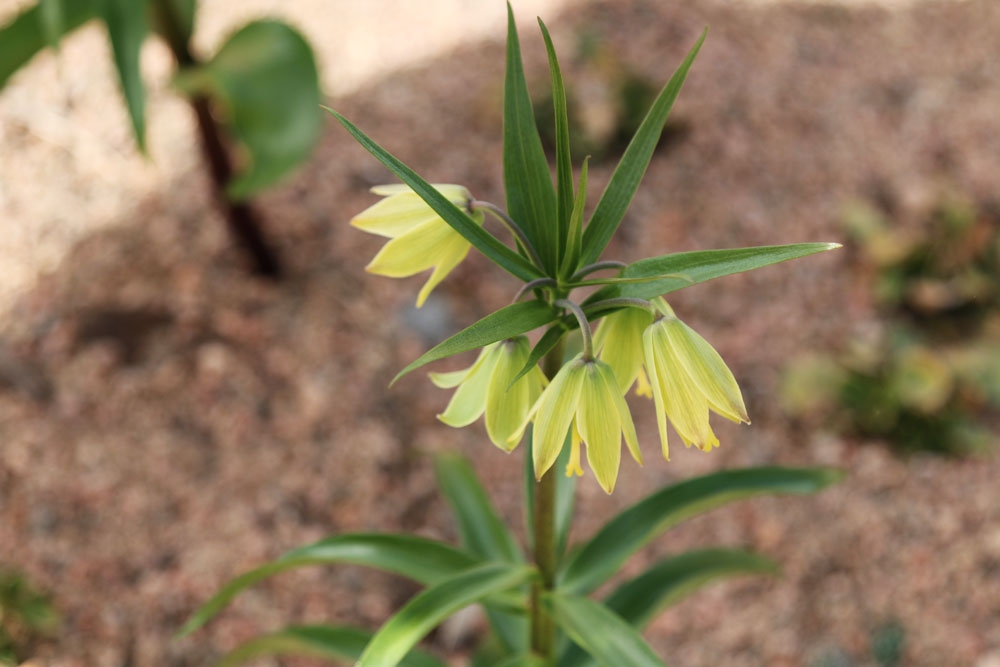
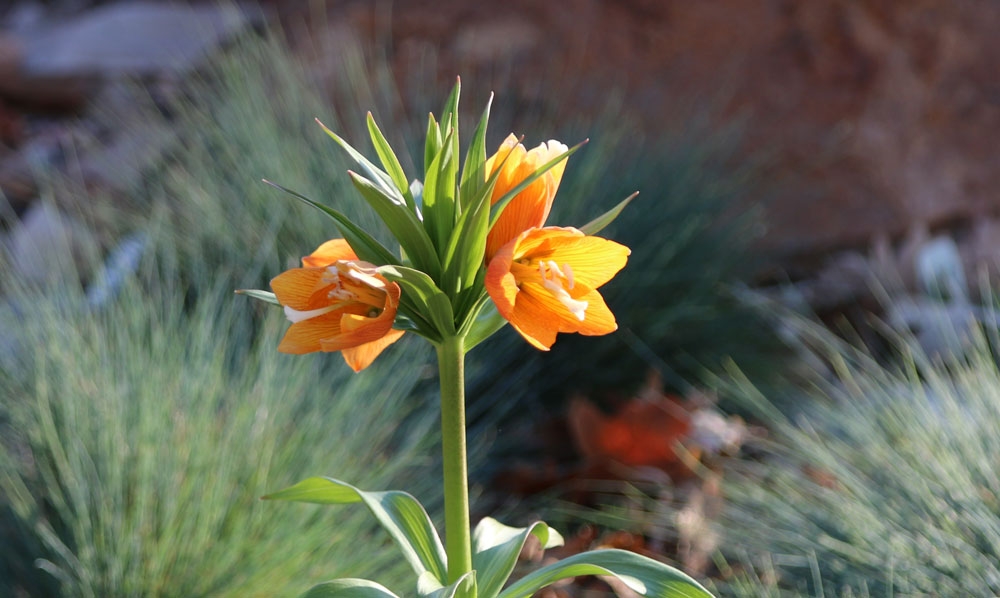
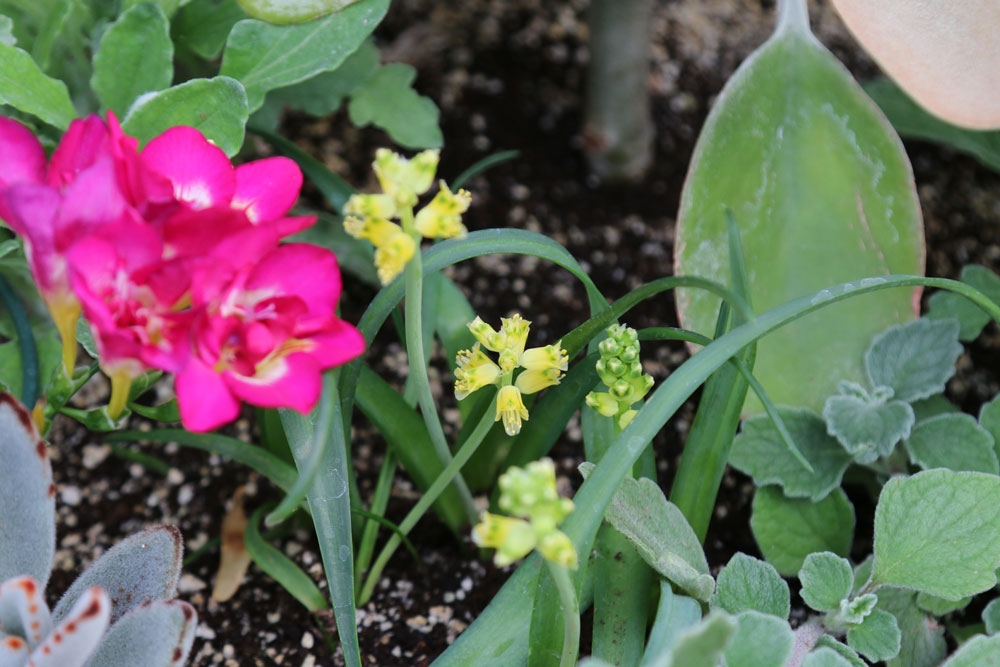
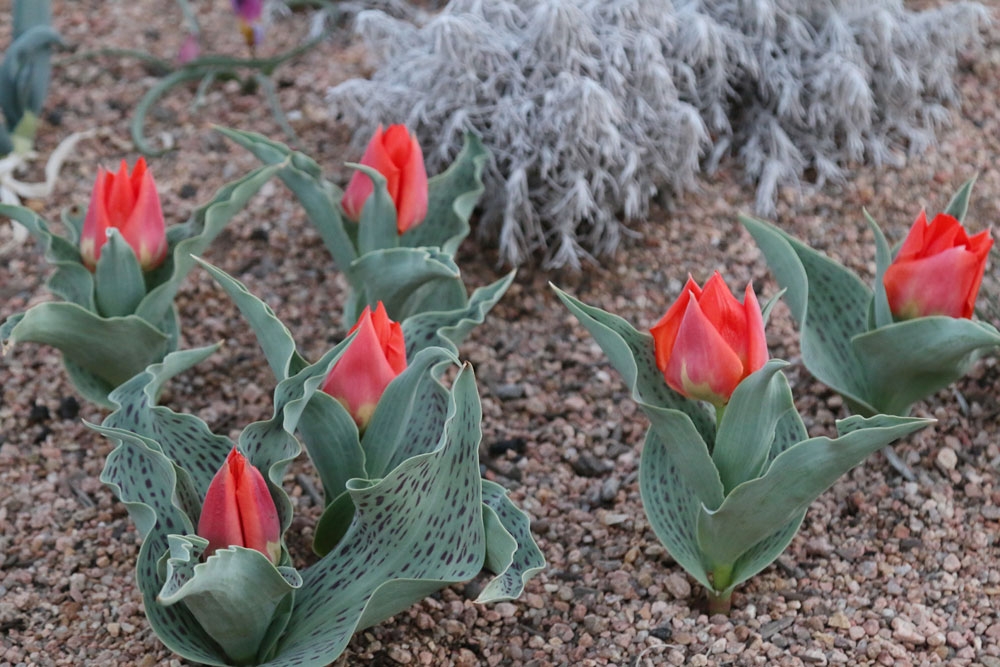
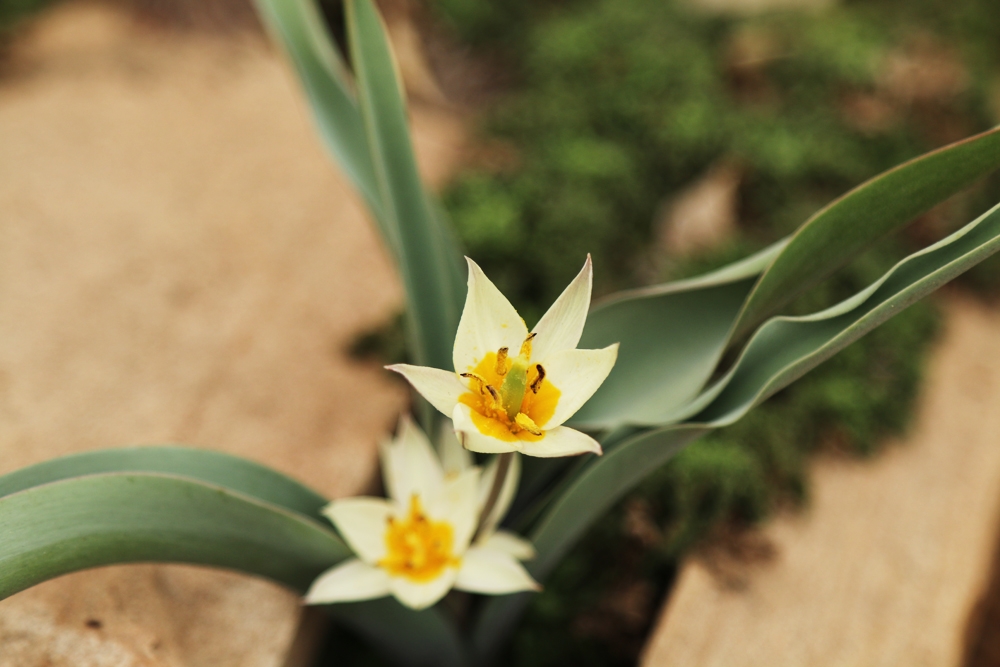
Add new comment